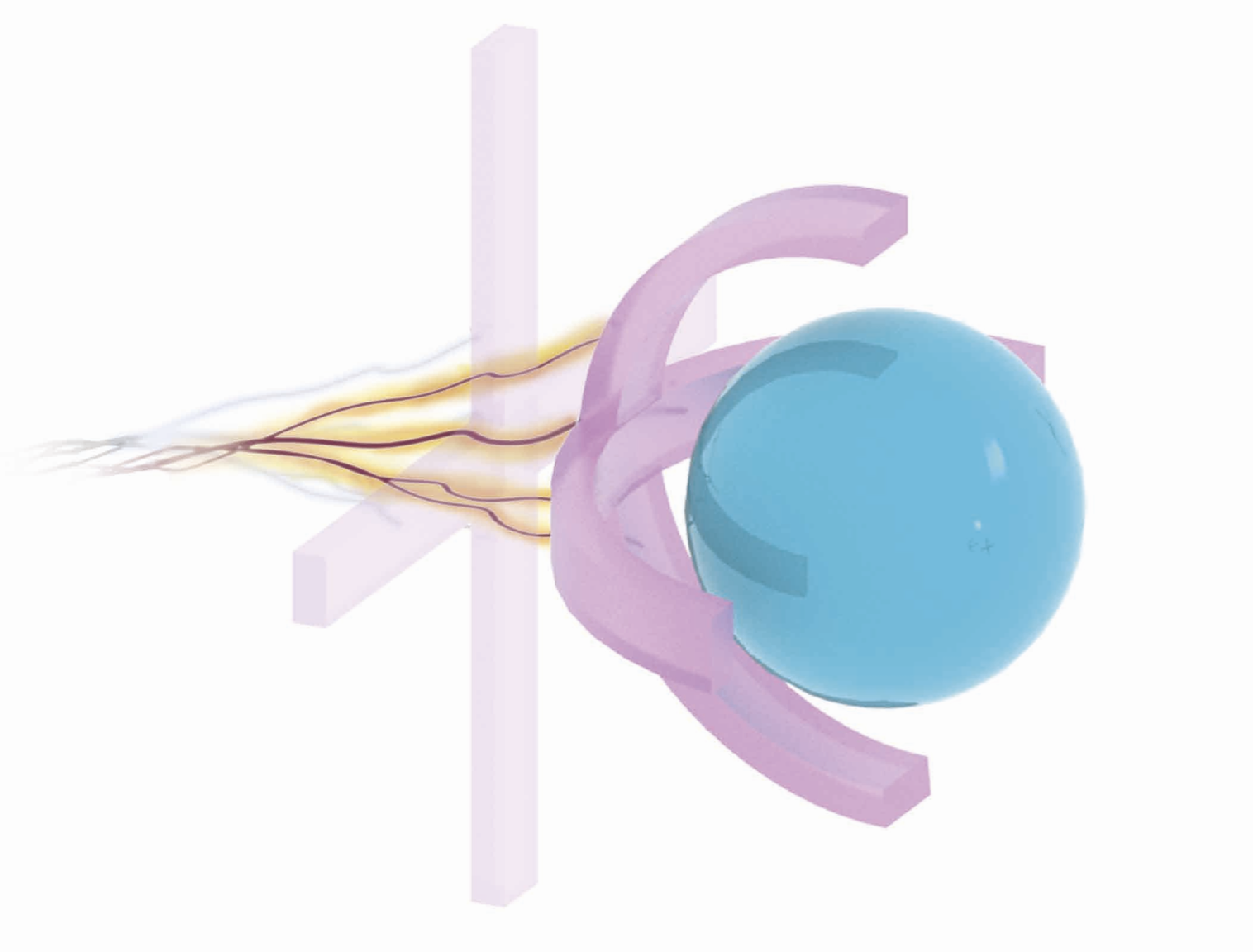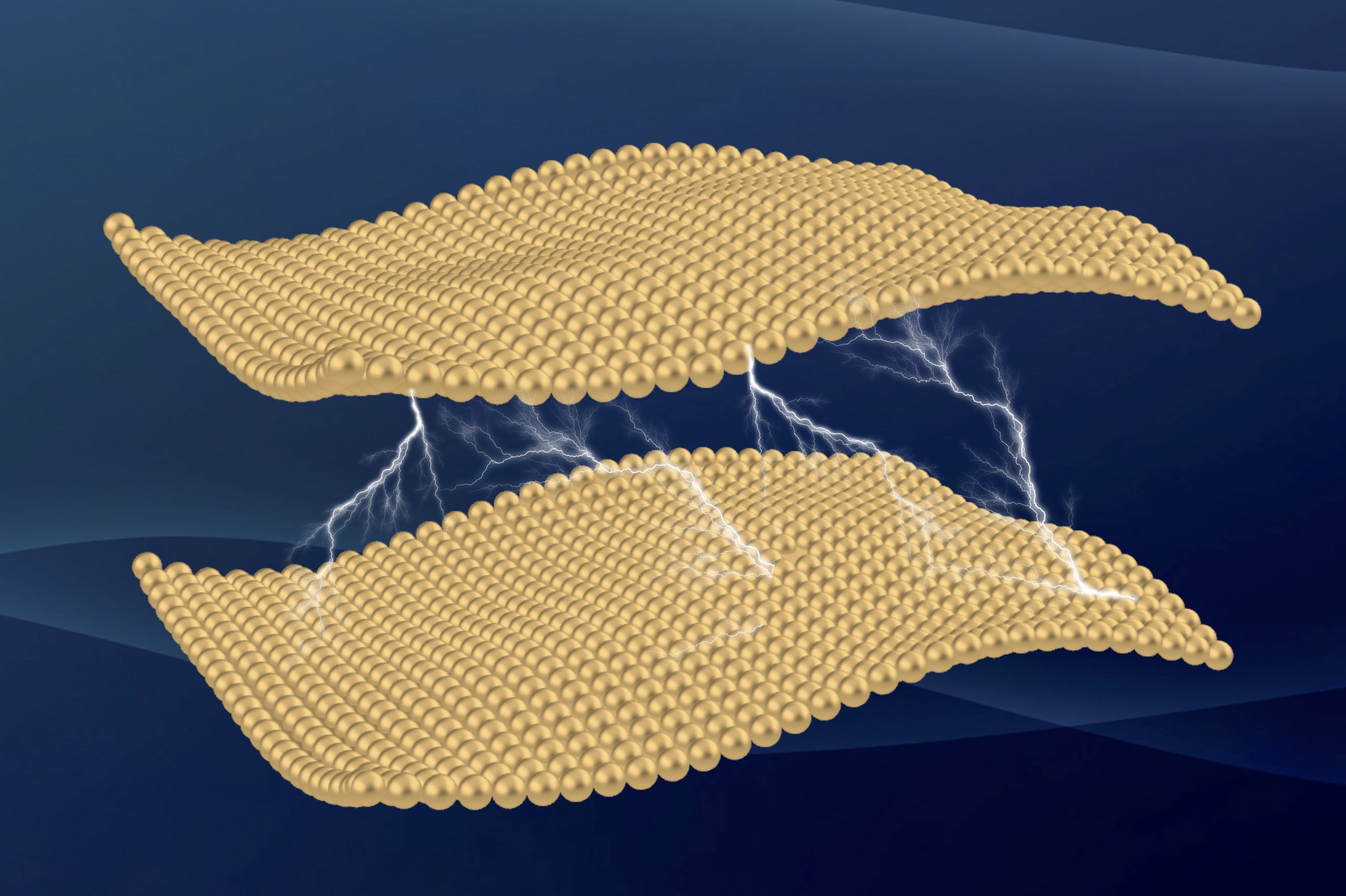Research
Theory of soft solid electrolytes
In batteries and other energy conversion and storage devices, the emergence of solid electrolytes in lieu of their liquid counterparts is being increasingly explored. Solid electrolytes offer increased stability and improved safety and, specifically polymers, are also useful in the context of stretchable and flexible electronics. Unfortunately, most solid polymer electrolytes possess ionic conductivity that is orders of magnitude lower than those of liquids. In this work, we explore the possibility of microstructure design to enhance the effective conductivity of composite polymer electrolytes. We develop a theoretical framework, to model the coupled deformation, electrostatics and diffusion in heterogeneous electrolytes. Using suitable scaling ansatz for homogenization, we find general expressions for the effective behavior of electrolytes and propose specific suggestions for improving their ionic conductivity.

Flexoelectricity in soft elastomers:
molecular mechanisms, materials design and the emergence of giant flexoelectricity
Soft robotics requires materials that are capable of large deformation and amenable to actuation with external stimuli such as electric fields. Energy harvesting, biomedical devices, flexible electronics and sensors are some other applications enabled by electro-active soft materials. The phenomenon of flexoelectricity is an enticing type of coupling that refers to the development of electric polarization in dielectrics when subjected to strain gradients. Due to the lack of an understanding of the microscopic underpinnings of flexoelectricity in elastomers and a commensurate theory, it is not currently possible to either explain the contradictory experimental results on elastomers or pursue avenues for possible design of large flexoelectricity. In this work, we present a statistical-mechanics theory for the emergent flexoelectricity of elastomers consisting of polar monomers. The theory is shown to be valid in broad generality and leads to key insights regarding both giant flexoelectricity and material design.

Flexoelectricity and the entropic force between fluctuating fluid membranes
Biological membranes undergo noticeable thermal fluctuations at physiological temperatures. When two membranes approach each other, they hinder the out of plane fluctuations of the other and thus this hindrance leads to an entropic repulsive force between membranes which, in an interplay with attractive and repulsive forces due to other sources, impact a range of biological functions: cell adhesion, membrane fusion, self-assembly, binding-unbinding transition among others. In this work, we take cognizance of the fact that biological membranes are not purely mechanical entities and, due to the phenomenon of flexoelectricity, exhibit a coupling between deformation and electric polarization. We use a variational perturbation method to analyze, in closed-form, the contribution of flexoelectricity to the entropic force between two fluctuating membranes and discuss its possible physical implications.
